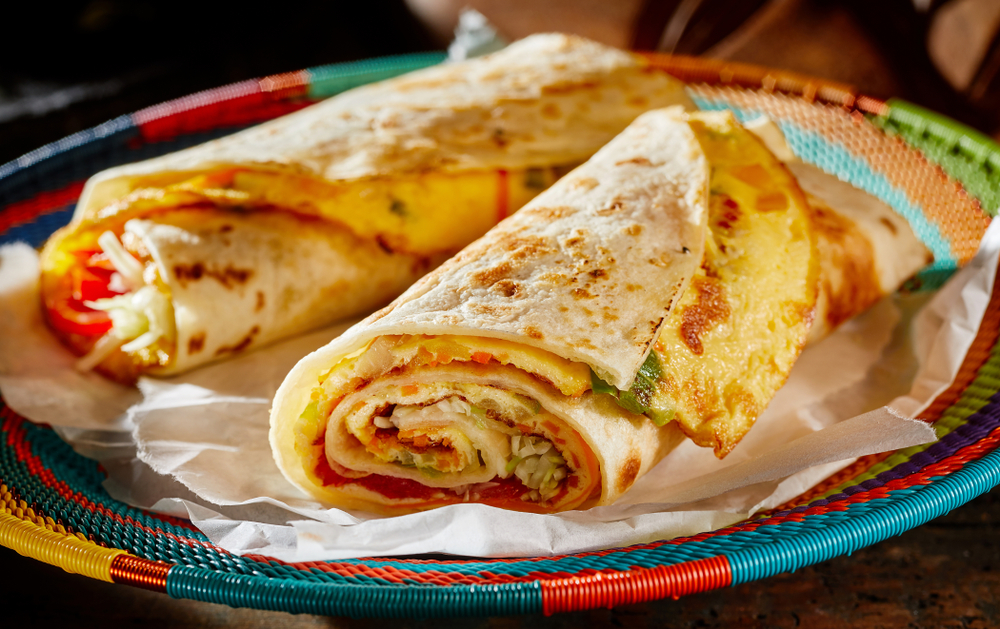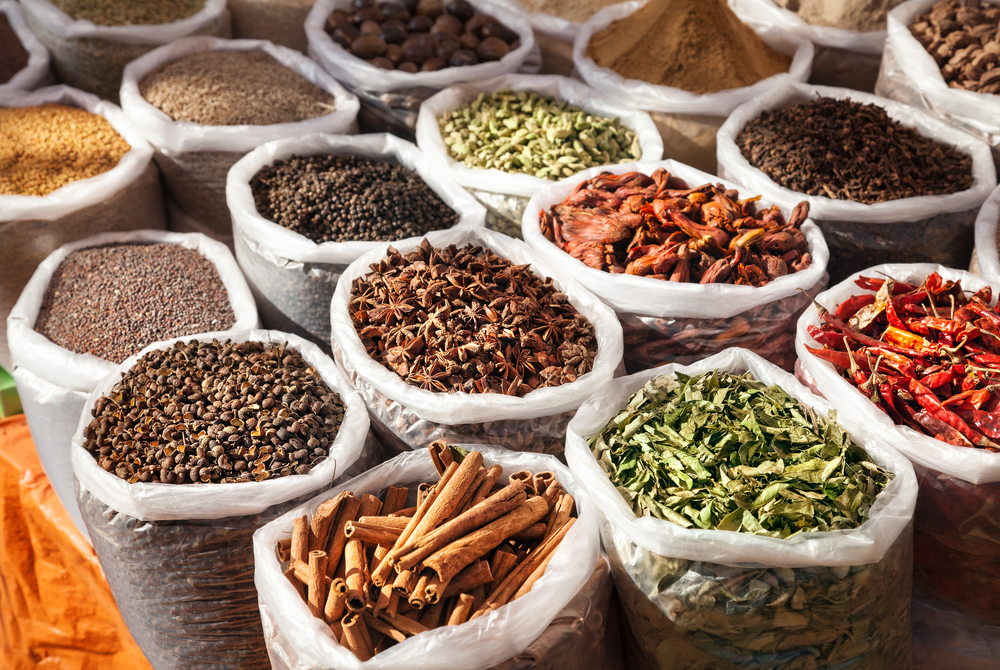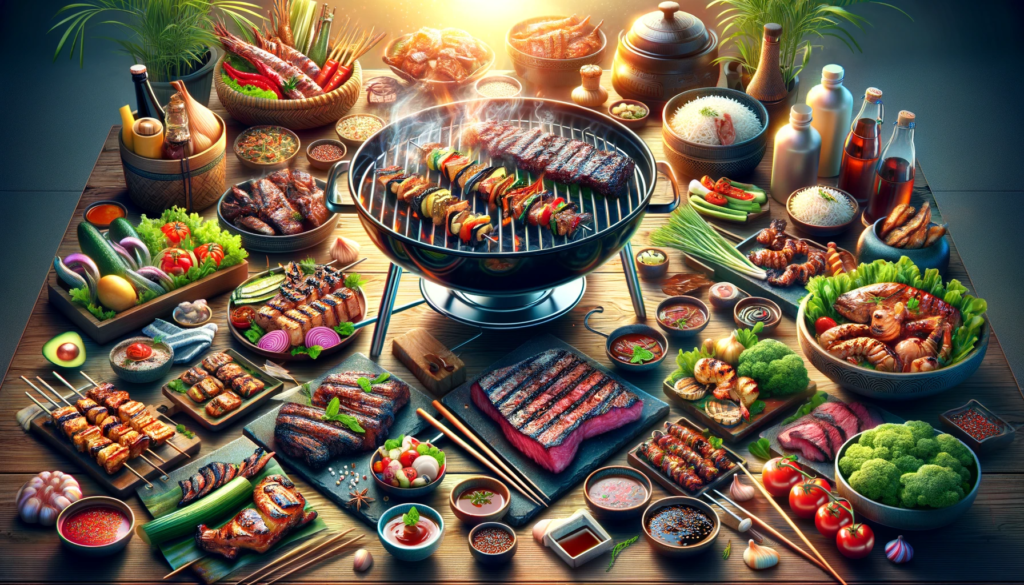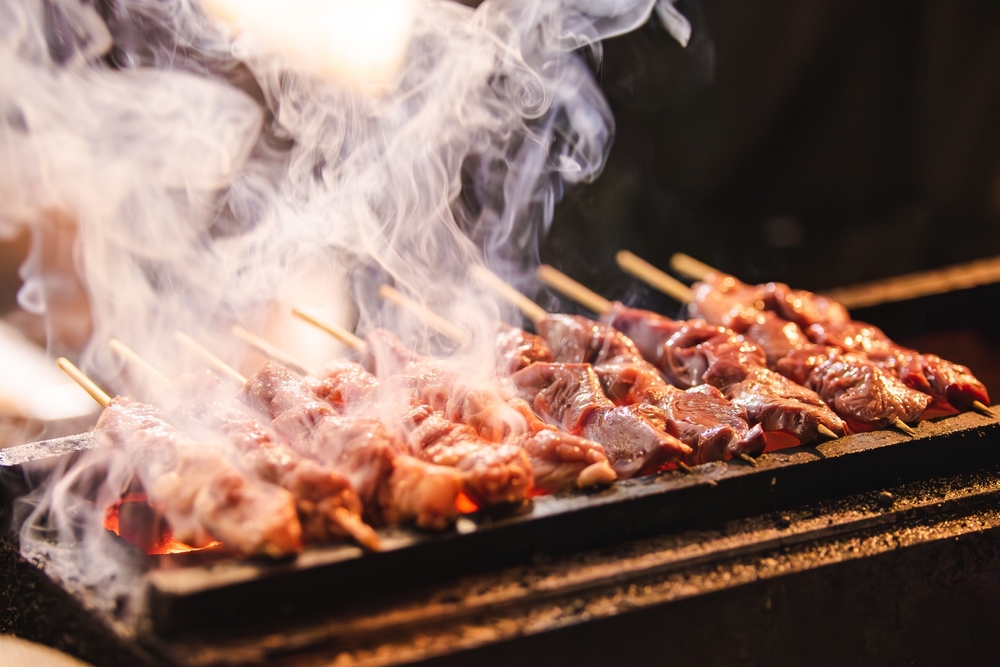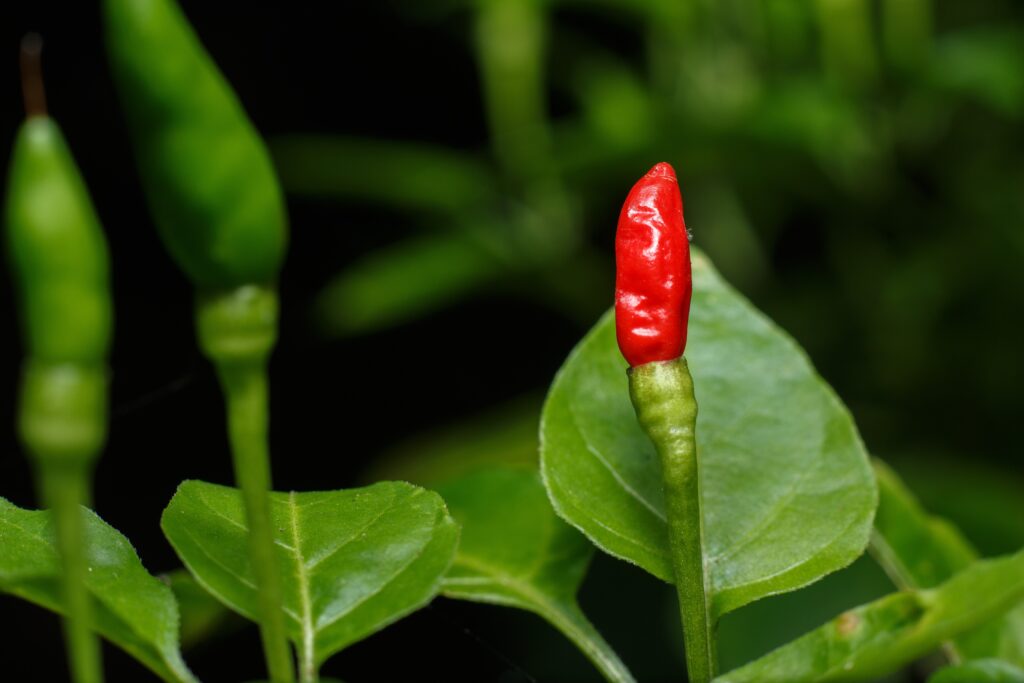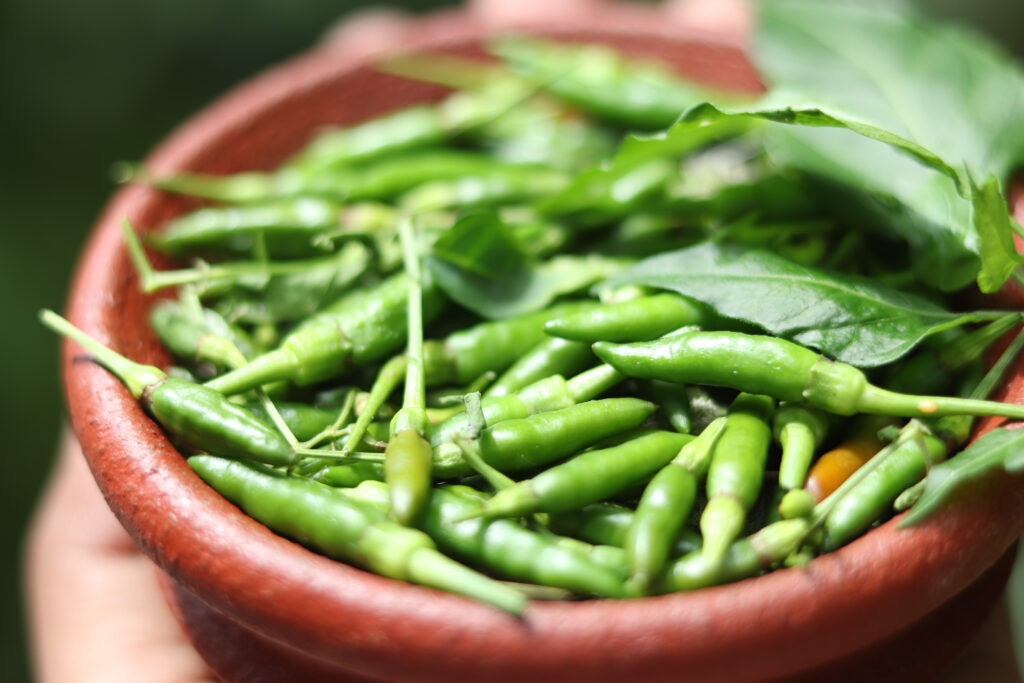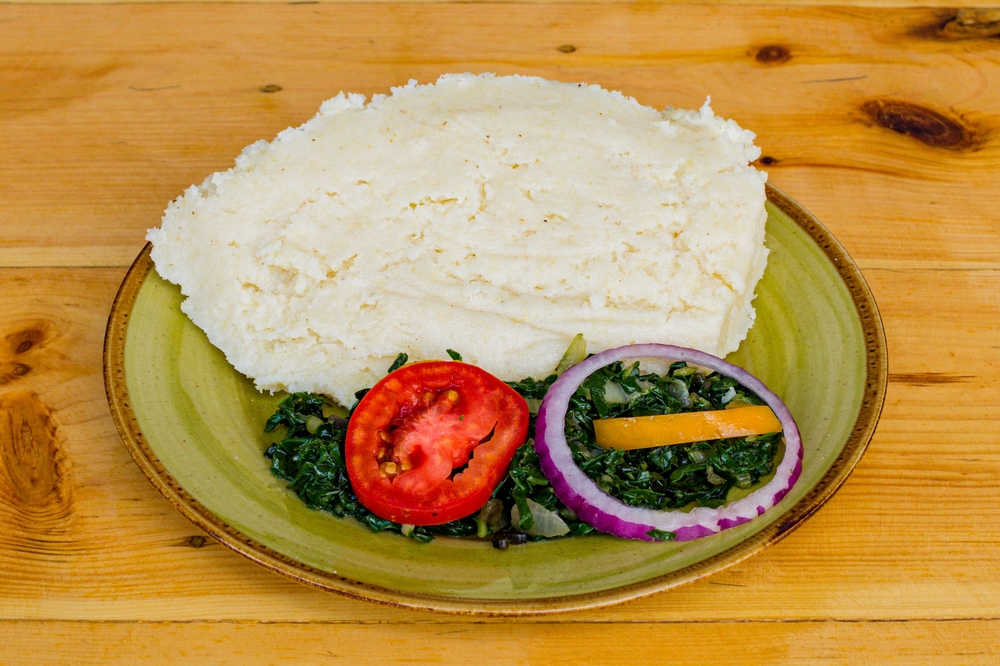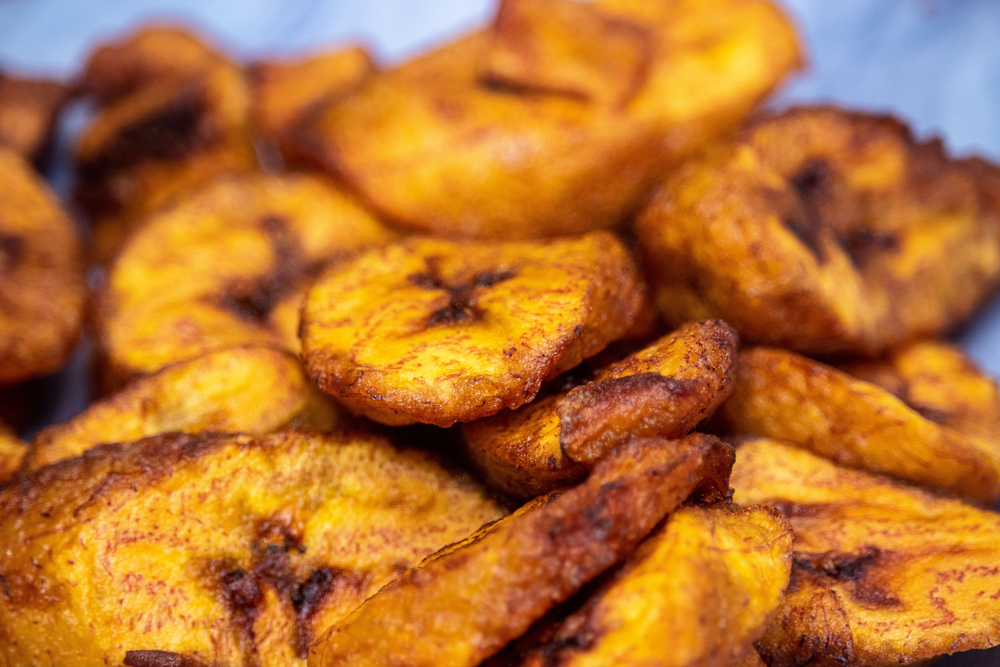Exploring the Diversity of Asian Vegetarian Street Food
What makes Asian vegetarian street food unique?
Asian vegetarian street food stands out for its incredible fusion of flavors, fresh ingredients, and the skillful use of spices and seasoning. Each region brings its palate of tastes, showcasing the rich agricultural diversity across the continent. Unique cooking methods passed down through generations amplify the flavors without the need for meat, making these dishes widely adored. From steaming dumplings to spicy curries, the array of textures and tastes cater to both vegetarians and meat-eaters alike, offering a culinary experience that is both memorable and satisfying.
A taste tour of top Asian countries for vegetarian delicacies
Embark on a journey across Asia and you will encounter an abundance of vegetarian delights. In India, the streets buzz with vendors selling chaat, dosas, and samosas. Thailand offers a banquet of fresh salads, stir-fries, and tropical fruits. China impresses with tofu varieties and Buddhist-inspired dishes, while the Middle East serves up mezze platters and falafel wraps. These countries, along with others like Vietnam and Malaysia, each contribute their unique flavors and traditions, making Asia a true vegetarian haven.
Influences of religion and culture on Asian street food
The rich tapestry of Asian cuisine is deeply intertwined with cultural and religious beliefs. Vegetarianism is rooted in traditions like Buddhism, Hinduism, and Jainism, which advocate for non-violence and a respect for all living beings. Festivals and religious observances often feature specific vegetarian dishes, making the cuisine as diverse as the cultures themselves. This spiritual connection not only shapes the food choices but also elevates the dining experience to one of mindfulness and respect for life.
Top Vegetarian Street Food Dishes to Try in Asia
The savory delights of Indian Chaat
Chaat is the quintessential Indian street food offering an explosion of flavors and textures. Typically, it is a combination of spicy, tangy, and sweet tastes, with ingredients like tamarind chutney, yogurt, and a variety of spices enhancing the experience. Pani puri, aloo tikki, and bhel puri are just a few varieties that are a must-try for any food lover. Every bite is a medley of crunchiness from the fried dough, softness from the boiled potatoes, and freshness from the coriander and mint.
Japan’s Miso-glazed grilled veggies: A culinary sensation
Japanese street food offers a more refined approach to flavors with dishes like miso-glazed grilled vegetables. The delectable glaze, made from fermented soybean paste, provides a rich umami flavor complemented by a subtle sweetness. Vegetables such as eggplants, mushrooms, and bell peppers are transformed by this glaze into smokey, savory bites that are both nutritious and satisfying. This dish perfectly encapsulates the simplicity and elegance of Japanese cuisine and is a testament to the power of minimalism in cooking.
Indonesia’s Gado-Gado: A harmony of taste and health
Indonesia’s famed Gado-Gado combines boiled vegetables, hard-boiled eggs, fried tofu, and tempeh, all drizzled with a rich peanut sauce. It’s a salad that eats like a main course, with each ingredient offering different textures and flavors. The peanut sauce is the heart of the dish, balancing sweet, spicy, and tangy notes, and creating a creamy dressing that unites all the elements. Gado-Gado isn’t just delicious; it’s a representative of Indonesia’s culinary prowess and emphasis on fresh, healthful ingredients.
Savoring Korean Kimbap: A vegetarian favorite
Korean street food offers its twist on sushi with Kimbap, a roll of seaweed, rice, and an array of fillings such as pickled radish, spinach, and cucumber. The vegetarian version highlights the freshness of the vegetables, with sesame oil and a sprinkle of sesame seeds for extra flavor. Kimbap is often enjoyed as a light meal or a snack, perfect for on-the-go dining. It is not just about the taste; the vibrant colors and meticulous preparation add to the allure, making it a visual and palatable treat.

Health Benefits of Asian Vegetarian Street Food
Nutritional values in Asian vegetarian street fare
Asian vegetarian street food is not only rich in flavors but also in nutrients. Many dishes are crafted from legumes, whole grains, and an abundance of fresh produce, packed with vitamins, minerals, and fiber. Soy products like tofu and tempeh are excellent protein sources, while nuts and seeds used in dressings and sauces add healthy fats. These foods contribute to a balanced diet, reducing the risk of chronic diseases and supporting overall health. The diversity in vegetarian street food ensures that nutrition is never compromised for taste.
How vegetarian street food promotes a balanced diet
Embracing Asian vegetarian street food aligns with a balanced diet by offering a plethora of options rich in macronutrients and micronutrients. The focus on fresh ingredients means a lower intake of processed foods and excessive oils, promoting better digestion and weight management. Many dishes are inherently balanced, with a good mix of carbs, proteins, and fats, along with plenty of fiber and antioxidants from vegetables and spices. This makes it easier to enjoy a flavorful meal while nourishing the body and supporting a healthy lifestyle.
Cooking Techniques and Ingredients in Asian Vegetarian Street Cuisine
The art of tofu preparation in Asia
Tofu is a staple in Asian vegetarian street food, admired for its versatility and ability to absorb flavors. Preparing it involves several techniques, from silken tofu gently simmered in stews to firm tofu being deep-fried for a crispy exterior and soft interior. Marinated, grilled, or served fresh with a splash of soy sauce, tofu can be the centerpiece or an accompaniment in a dish. Mastering tofu preparation is a skill that can elevate any vegetarian meal, lending it texture and taste that even meat lovers can appreciate.
The role of spices in elevating vegetarian street food
Spices are the soul of Asian vegetarian street cuisine, crucial for bringing dishes to life. They range from fiery chilies that add heat, to fragrant herbs like cilantro and mint that offer a burst of freshness. Spices such as turmeric, cumin, and coriander provide depth and complexity to dishes, making simple ingredients sing with flavor. The use of spices not only enchants the palate but also incorporates medicinal benefits, contributing to the food’s overall healthfulness and allure.
Essential ingredients in your Asian vegetarian pantry
Creating authentic Asian vegetarian street food at home begins with a well-stocked pantry. Staples include rice, noodles, and a variety of lentils for nourishing bases. Soy sauce, sesame oil, and rice vinegar lay the foundation for flavorful sauces and marinades. A collection of spices like ginger, garlic, lemongrass, and curry powders is essential. Fresh produce, particularly leafy greens, sprouts, and regional fruits, are crucial for bringing freshness to each dish. With these ingredients on hand, the possibilities for delicious vegetarian cooking are endless.
Where to Find the Best Vegetarian Street Eats in Asia
Navigating night markets for vegetarian options
Night markets are a sensory overload of sights, sounds, and smells – a perfect venue to hunt for vegetarian street eats. These bustling markets feature a vast array of local and regional specialties. Vegetarians can indulge in skewered vegetables, steamed buns, and noodle soups. Look out for signs indicating meat-free options or stalls that specialize in vegetarian fare. Engaging with the vendors can also lead to discovering hidden vegetarian gems, making the exploration of night markets not just a culinary adventure but also a cultural immersion.
Vegetarian-friendly street food districts in major Asian cities
Major Asian cities are catering more to the vegetarian lifestyle, with specific districts blossoming into vegetarian-friendly food havens. Places like Taipei’s Yongkang Street, Mumbai’s Chowpatty Beach, and Singapore’s Little India offer an abundance of meatless options. Here, one can savor everything from vegan ramen and meat-free satay to dairy-free lassis and plant-based dim sum. These districts are not only hubs for vegetarians but also a testament to the growing trend of plant-based eating in modern Asian culinary scenes.
FAQs About Vegetarian Street Food in Asia
What are some common spices used in Asian vegetarian street food?
Asian vegetarian street food is known for its use of an expansive array of spices. Common ones include turmeric, known for its vibrant color and anti-inflammatory properties; cumin, which adds a warm, earthy note; coriander, offering a citrusy zest; and cardamom, with its sweet, aromatic essence. Chili peppers bring heat, while cinnamon and star anise contribute sweetness and complexity. These spices not only enhance flavor but are also integral in defining the food’s regional identity.
How to ensure street food is truly vegetarian?
To ensure street food is truly vegetarian, it’s important to communicate clearly with the vendor. Ask questions about the ingredients and cooking methods, and clarify if dishes contain any animal products like fish sauce or shrimp paste. Be mindful of cross-contamination with meat products, especially at stalls that serve both. Opt for dedicated vegetarian vendors when possible, as they are less likely to have meaty mix-ups. Learning a few key phrases in the local language related to vegetarianism can also be incredibly helpful.
Can vegan options be found in Asian street food menus?
Yes, vegan options are increasingly prevalent in Asian street food menus. Many traditional dishes are naturally vegan or can be easily modified to exclude animal products. Tofu, tempeh, and seitan are popular protein replacements, and coconut milk serves as a creamy base for curries and soups, sidelining the need for dairy. Vendors are becoming more aware of veganism and are likely to offer dishes that cater to this dietary preference, particularly in more urban and tourist-friendly areas.
Are there gluten-free vegetarian street food options in Asia?
Gluten-free vegetarian street food in Asia is quite common, as many Asian staples are naturally free of gluten. Rice, rice noodles, and dishes made with buckwheat, tapioca, and potato are widely available. It’s important, however, to watch out for sauces like soy sauce, which typically contain wheat unless specified as gluten-free. As awareness of gluten sensitivities rises, more vendors and restaurants are offering gluten-free versions of their dishes, making street food accessible for gluten-free diets.





